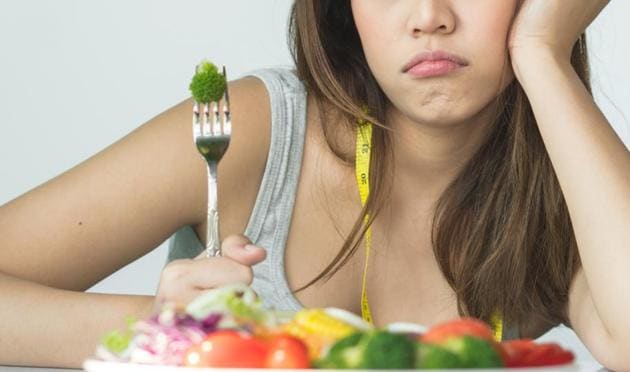Nutrients we lack and don’t know about
You may be lacking vital nutrients and not be aware of it. Here’s everything you need to know about it.
Even those very particular about their diet are likely to have some micronutrient deficiency, which shows no economic, gender and age bias. Since these deficiencies produce no symptoms till the deficiencies are acute (detected by biochemical or clinical markers), they often catch people by surprise with most getting diagnosed after irreversible damage has set in.

Micronutrient deficiencies account for 7.3% of the global burden of disease. One in three persons worldwide is deficit in iron, vitamin A and iodine, the three most common forms of micronutrient malnutrition. Food fortification is very cost-effective public health intervention that can reach millions using existing technology and distribution networks, according to the World Health Organisation.
Yet less than one in 10 children aged six months to 23 months in India gets an adequate diet, shows data from the National Family Health Survey 4 (2015-16). The nutritional intake of children in cities is only marginally better than rural children – only 11.6% urban kids and 8.8% rural children have an adequate diet that includes four or more food groups, excluding milk.
One in three under-5 children are underweight, including 29% urban children. Around 70% of adolescent girls are anaemic and around 50% are underweight. India is also home to the largest number of stunted children in the world, with close to two in five (38.4%) children under-5 years being small for age because of malnutrition, which lowers mental ability and learning capacity, raises the risk of infections in the present, and nutrition-related chronic diseases, such as diabetes, hypertension, and obesity, in later life.
Fortification
In India, milk is fortified with vitamin D and E, wheat flour and rice with Iron, Vitamin B12 and Folic Acid, milk and edible oil with vitamins A and D, salt with iron, and double fortified salt with iodine and iron in doses varying from 30-50% of the required daily amounts. New standards now provide a minima and a maxima range for fortification of staples like wheat flour (atta), refined flour (maida), rice, salt, vegetable oil and milk.
In August this year, India’s food regulator notified the Food Safety and Standards (Fortification of Foods) Regulations, 2018, to standardise scientifically proven, cost-effective, scalable and sustainable fortification interventions. It also notified the ‘+F’ logo to identify fortified foods and approved scientific health claims for its labelling. Since only processed foods can be fortified, the Food Safety and Standards Authority of India (FSSAI), with the support of Tata Trusts’ India Nutrition Initiative, is also working closely with private food businesses to widen reach and demand. India Nutrition Initiative is supporting scale implementation in both public programmes and the open market and increasing acceptance by using fortificants that are quickly absorbed and do not change the taste, texture, odour or colour of foods.
Widening reach
Fortified wheat flour, oil and double fortified salt are being used as part of in the Integrated Child Development Services (ICDS) and mid-day meal MMD) programmes since 2017. Fortification of chosen staples at the district or at scale in the safety net programmes, which include ICDS, MDM and the public distribution system, has begun in three union territories and 15 states.
Since the adoption of the standards, 62 leading processed food manufacturers offer 110 brands of all five fortified staples, according to the FSSAI. Around 47% packaged edible oil and 21% of the organized milk is fortified, but more needs to do so. For example, while the National Dairy Development Board (Mother Dairy) has been fortifying all milk, including its bulk vended milk with Vitamin A and D since 2016, Gujarat Co-operative Milk Marketing Federation Limited (Amul) only fortifies milk sold in tetrapacks.
Catch your daily dose of Fashion, Taylor Swift, Health, Festivals, Travel, Relationship, Recipe and all the other Latest Lifestyle News on Hindustan Times Website and APPs.
Catch your daily dose of Fashion, Taylor Swift, Health, Festivals, Travel, Relationship, Recipe and all the other Latest Lifestyle News on Hindustan Times Website and APPs.






